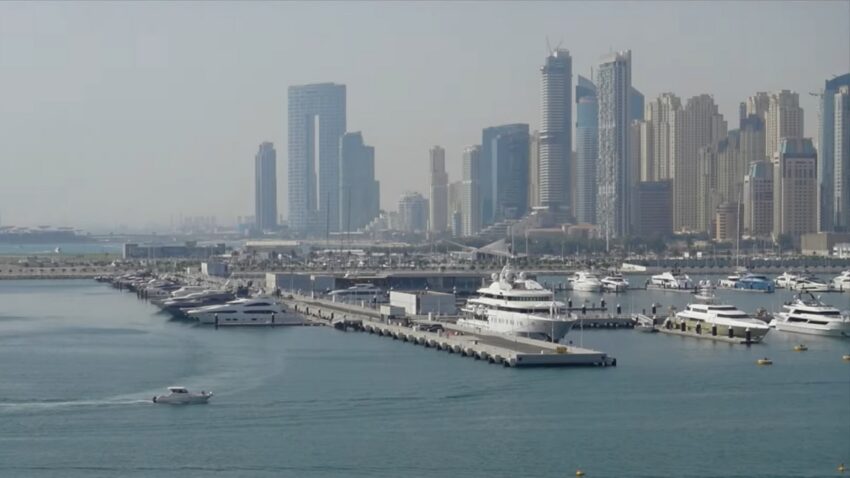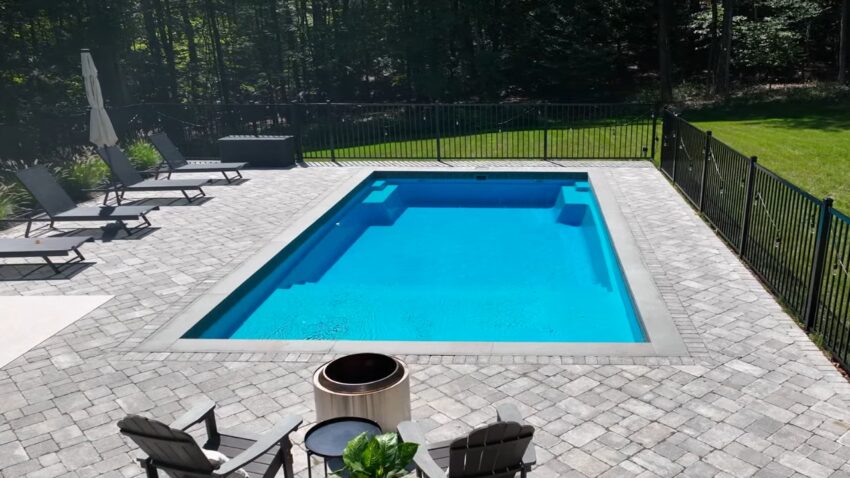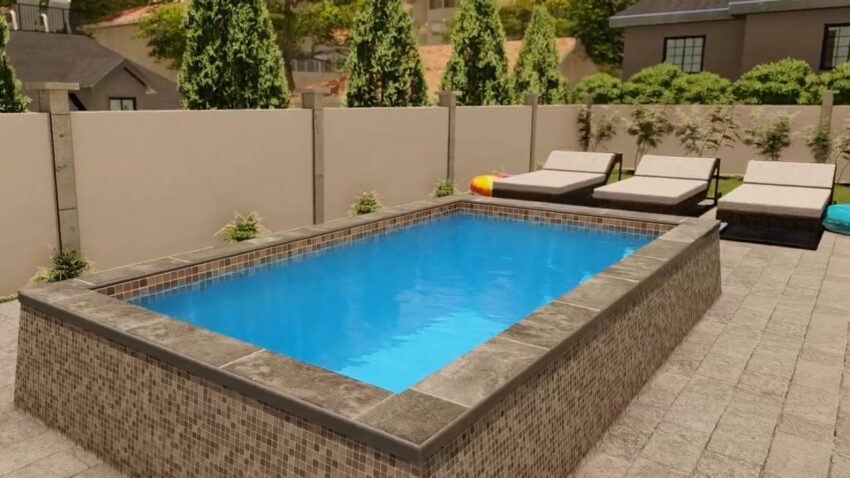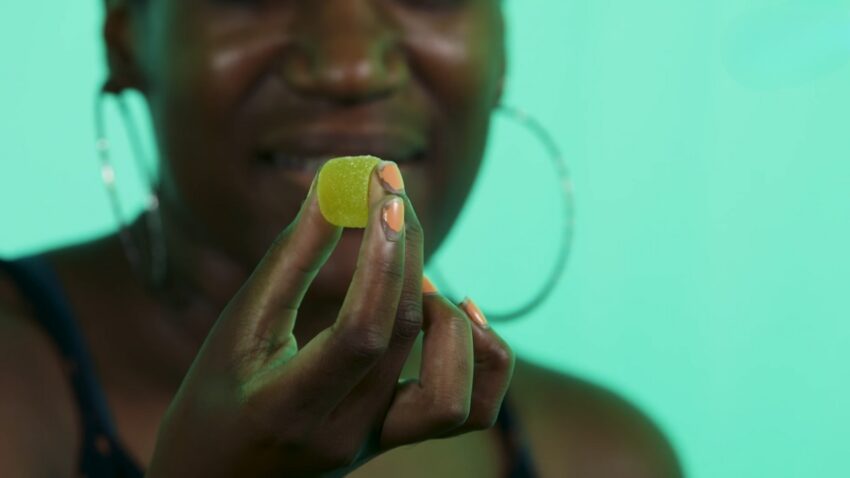The city of Dubai stands as a testament to human ambition and architectural innovation. Its skyline, a collection of structures that blend the realms of art, engineering, and sustainability, narrates the story of a city that has transformed from a desert outpost to a global metropolis.
So why not embark on your next adventure with Cleartrip? Discover the wonders of Dubai, where every corner is a testament to the boundless potential of human imagination and the enduring spirit of exploration.
1. Deira Clocktower

The Deira Clocktower, located at the heart of Al Maktoum Road in Deira, is more than just a monument; it’s a symbol of Dubai’s evolution. Constructed in 1963 to commemorate the UAE’s first oil exports, the Clocktower has witnessed the rapid transformation of Dubai from a modest trading port to a bustling urban center.
Its significance extends beyond its historical commemoration; it serves as a crucial traffic roundabout, marking the intersection of cultures, histories, and economies that have shaped Dubai. The Clocktower’s design, embodying simplicity and elegance, stands as a reminder of Dubai’s roots in the oil industry and its aspirations towards progress.
2. Jumeirah Beach Hotel
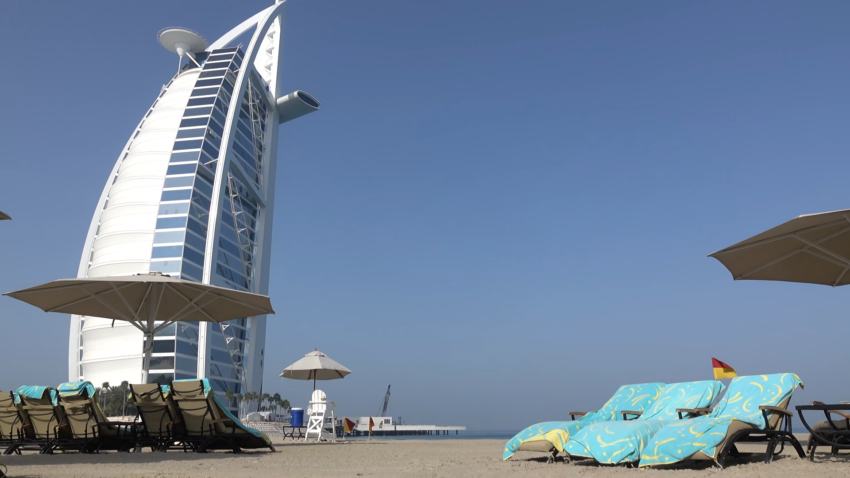
Mirroring the azure waves of the Arabian Gulf, the Jumeirah Beach Hotel’s wave-like silhouette is a marvel of architectural ingenuity. Designed to reflect a breaking wave, the hotel seamlessly integrates with the coastal landscape of Umm Suqeim 3, complementing the adjacent Burj Al Arab.
Since its opening, the hotel has become synonymous with Dubai’s luxury hospitality scene, offering guests panoramic views of the ocean and the iconic Dubai skyline. Its unique design not only enhances its aesthetic appeal but also demonstrates Dubai’s ability to create functional art that serves as a gateway to luxury and relaxation.
3. The Green Planet
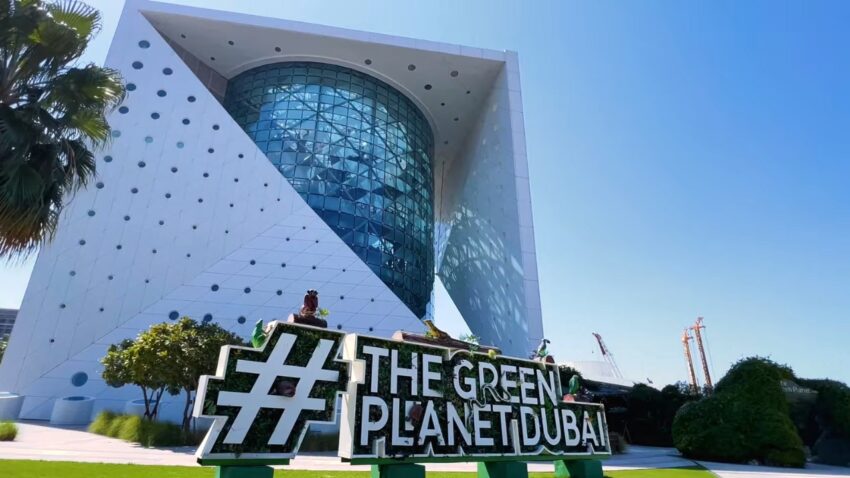
Nestled within City Walk in Al Wasl, The Green Planet emerges as a beacon of sustainability and architectural innovation. This biodome, inspired by the intricate folds of origami, houses over 3,000 species of flora and fauna, creating a self-sustaining ecosystem in the heart of the desert city.
The glass structure not only allows for an abundance of natural light, essential for plant growth but also stands as a testament to Dubai’s commitment to combining sustainable practices with cutting-edge design. The Green Planet offers visitors an immersive experience, emphasizing the importance of biodiversity and environmental conservation in urban settings.
4. FIVE Palm Jumeirah Dubai
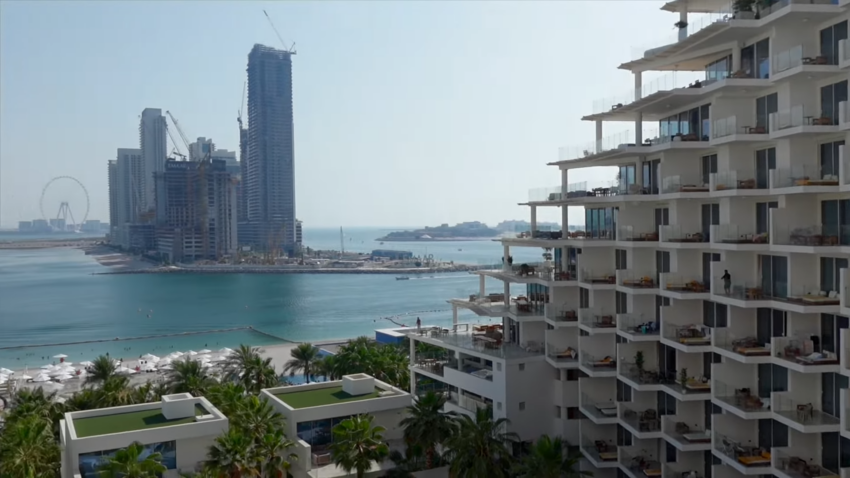
FIVE Palm Jumeirah Dubai epitomizes the luxury and extravagance that Palm Jumeirah is known for. Its architectural design, featuring a glass-cubed foyer and a terraced structure, offers uninterrupted views of the Arabian Gulf, blurring the lines between the built environment and the natural seascape.
The resort’s innovative design maximizes the use of natural light and enhances the guest experience by offering vistas that extend into the horizon. FIVE Palm Jumeirah is not just a resort; it’s a landmark that reflects Dubai’s ambition to create luxurious living spaces that are in harmony with their surroundings.
5. Expansion for Remaining Entries

For each of the remaining entries (Burj Al Arab, Cayan Tower, Atlantis The Palm, Dubai Frame, Burj Khalifa, Museum of the Future), the article would delve into the architectural characteristics, the inspiration behind their designs, their role in Dubai’s urban fabric, and their contribution to the city’s global image.
This would include discussing the engineering challenges overcome during their construction, their environmental sustainability features, and the cultural significance they hold within the broader narrative of Dubai’s development.
FAQs
How Does the Architecture of Dubai Reflect Its Cultural Heritage?
Dubai’s architecture is a blend of modern design and traditional Arab influences, reflecting the city’s rich cultural heritage. While buildings like the Burj Khalifa and Cayan Tower showcase Dubai’s ambition and technological prowess, structures like Atlantis, The Palm incorporate elements of Arab culture and mythology.
This combination of the modern and the traditional not only highlights Dubai’s rapid development but also pays homage to its historical and cultural roots.
What Role Does Sustainability Play in Dubai’s Architectural Projects?
Sustainability is increasingly becoming a cornerstone of architectural development in Dubai. The city aims to balance its rapid urbanization with environmental sustainability, incorporating green building practices and technologies.
For example, The Green Planet biodome is a testament to Dubai’s commitment to sustainability, housing thousands of species in a controlled, self-sustaining environment. Moreover, many new projects are designed to reduce energy consumption and carbon footprint, reflecting Dubai’s ambition to lead in sustainable urban development.
How Has Dubai’s Architecture Contributed to Its Tourism Industry?
Dubai’s iconic architecture has played a crucial role in transforming the city into a global tourist destination. Landmarks like the Burj Al Arab, Burj Khalifa, and the Dubai Mall attract millions of visitors annually, drawn by their architectural splendor and the experiences they offer.
These structures not only serve as accommodations or shopping centers but also as attractions that offer unique views, luxury dining experiences, and insights into futuristic design, significantly contributing to Dubai’s tourism economy.
Are There Any Architectural Structures in Dubai that Are Inspired by Other Famous Buildings Around the World?
While Dubai’s architecture is known for its originality and innovation, some buildings draw inspiration from famous structures globally. For example, the design of the Burj Al Arab is often compared to the sail of a ship, reminiscent of the Sydney Opera House’s sails’.
Dubai’s architects and planners have been keen on creating unique landmarks that reflect the city’s identity, rather than replicating existing buildings.
What Challenges Do Architects Face When Designing Skyscrapers in Dubai?
Architects in Dubai face several challenges when designing skyscrapers, including extreme temperatures, high winds, and sandy conditions.
To address these, buildings are designed with advanced engineering techniques and materials that can withstand the harsh desert environment. For instance, the Burj Khalifa incorporates a Y-shaped floor plan to reduce wind forces and a sophisticated cladding system to mitigate the intense heat.
How Does Dubai’s Urban Planning Integrate with Its Architectural Vision?
Dubai’s urban planning is intricately linked with its architectural vision, focusing on creating a cohesive and sustainable urban environment. The city’s layout is designed to accommodate its rapid growth while ensuring efficiency, connectivity, and accessibility.
Urban planners work closely with architects to ensure that new developments complement existing structures and infrastructure, enhancing the city’s aesthetic appeal and functional efficiency.
This integrated approach has allowed Dubai to develop into a well-planned metropolis that balances architectural ambition with urban livability.
Final Words
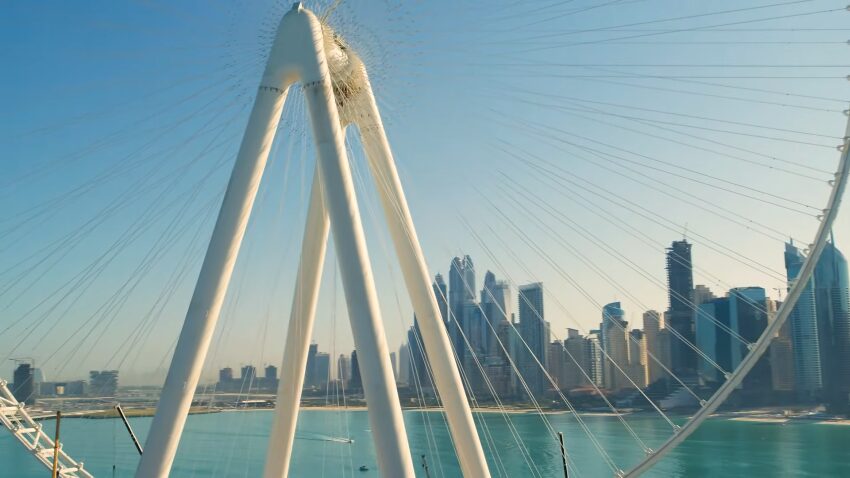
Dubai’s architectural landscape is a dynamic tapestry that weaves together stories of innovation, luxury, and futuristic vision. The buildings highlighted in this list are not just structures; they are symbols of what humanity can achieve when imagination is combined with determination and technological prowess.
As Dubai continues to grow and transform, its commitment to pushing the boundaries of architecture and urban planning remains unwavering, promising a future where the city’s skyline will only become more remarkable and inspiring.
This outline provides a structured approach to creating a detailed article about Dubai’s architectural marvels, offering readers insight into the city’s ambitious skyline and its global significance in design and innovation.
Related Posts:
- Adventurous Wanted: Dubai's Desert Safari Is the…
- 12 Best Hotels in St Lucia 2024 - Luxurious Accommodations
- Best Family Vacation Spots in the World: Plan Your…
- 10 Best Honeymoon Destinations in the World To Visit…
- Cheap Places to Travel in 2024: Best Budget Destinations
- 6 Best Countries To Explore For Vegan And Vegetarian in 2024

